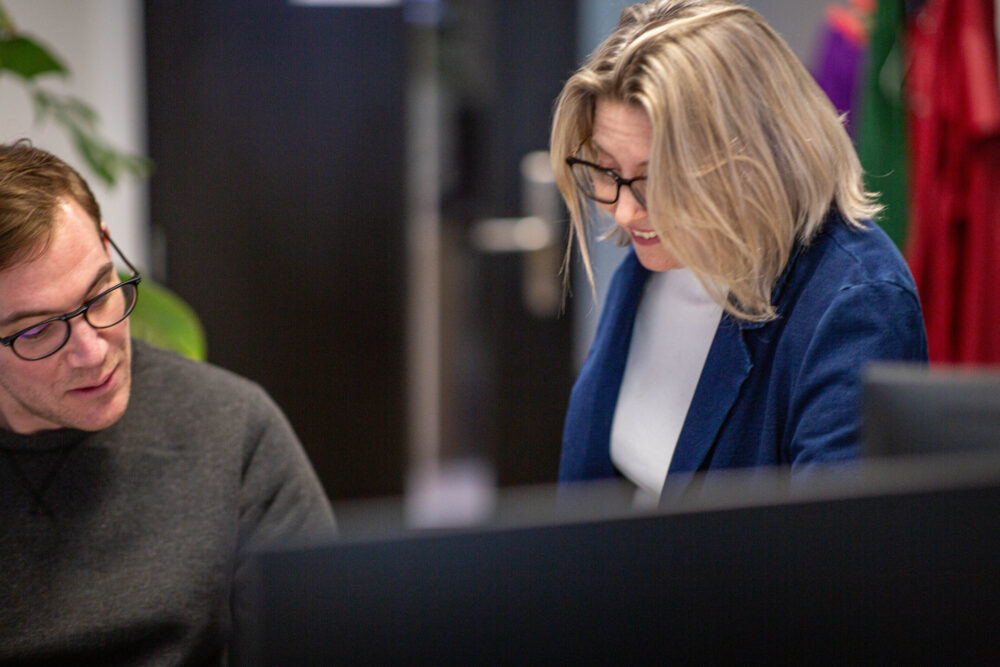How we measure our carbon footprint

By developing robust in-house methodologies we have enhanced our ability to analyse emissions with greater precision
We’ve been measuring our carbon footprint at dxw for 5 years now.
We reached carbon neutral status in 2021 through offsetting (we offset 150% of our emissions) and have chosen to continue to do this each year since.
Offsetting is a way of balancing out your carbon emissions by investing in carbon-reducing activities. For example, schemes that plant trees to take carbon out of the atmosphere as they grow. Or projects that make energy efficient cooking stoves available to communities in the Global South.
For the last few years we’ve done the calculation with help from C-Free, an environmental consultancy that helps organisations calculate their carbon footprint. We loved working with C-Free and learned loads from them but we were keen to see if we could do the calculation ourselves. This is where our colleagues in Neontribe came to help (Neontribe is part of the dxw family). They had a bit of spare capacity between client projects and the right skills so they agreed to help us. It was fun for dxw to be in the role as a “client” for a change.
What our calculation showed us
We made significant strides in reducing emissions in key areas for 2022-23. Notably, Web Hosting emissions fell to near zero thanks to AWS’ transition to green energy (something we’ve been waiting for for many years). While there was a modest increase in carbon emissions overall (which we expected due to increased workforce), emissions per employee fell. These improvements underscore dxw’s continued dedication to lowering its environmental footprint, and our drive towards Net Zero.
The benefits of doing the calculation ourselves
By developing robust in-house methodologies we’re now able to analyse emissions with greater precision, allowing us to focus our reduction efforts where it matters most. It’s also a great way to engage staff as we’re closer to the work, so more invested in understanding what the calculation means for us and what we’re going to do about it.
What next?
We have a carbon reduction plan that we review and iterate annually. Our current plan has the following steps for next year:
- refine our company travel policy by asking staff to use greener ways to travel for work
- when selecting new communal office spaces we’ll prioritise finding somewhere that is actively reducing their own emissions by using renewable energy sources
- regularly review what we buy and how we buy it, identify how we can reduce what we buy, and buy the things we need differently (i.e. sustainable companies and second hand)
- regularly review what tools we use and how we use them, explore embedding low tech practices within our development team, and make sure we resell and/or recycle our devices when we’ve finished with them
- identify a group of volunteers to participate in a trial to reduce their emissions and measure the impact
Our most recent carbon calculation report.
You can read our Carbon reduction statement.